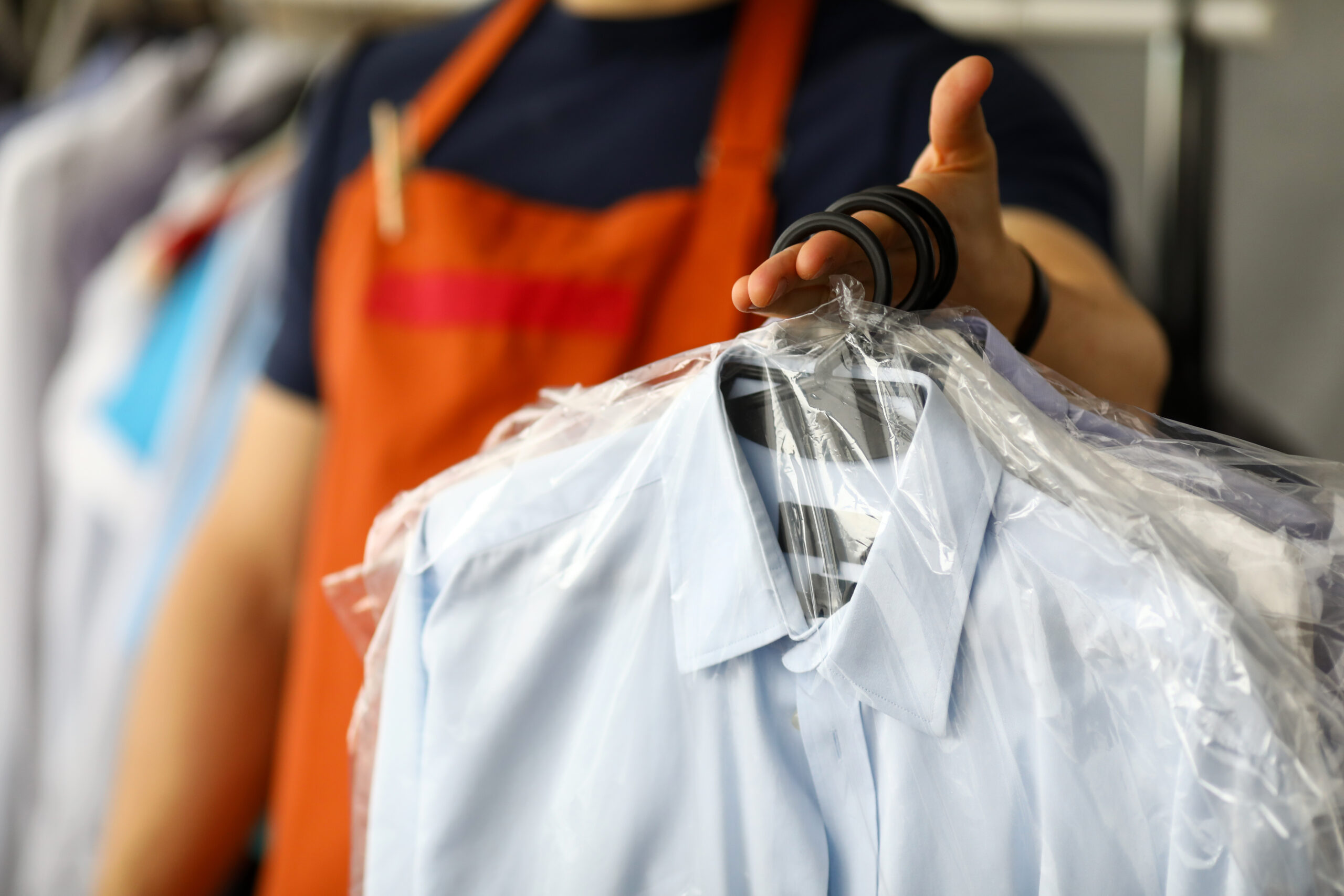How Wet Cleaning Technology Bolsters Production & Creates Opportunity
New technologies allow wet cleaning to significantly boost throughput production — at a greater profit margin — when compared to traditional dry cleaning. By growing the percentage of items processed via wet cleaning, textile care facilities are maximizing throughput, lowering utility costs, reducing labor hours, marketing a “greener” operation, and enjoying fatter profits.
In this, the first of a three-part series, Jeff Quail details how today’s wet cleaning technologies elevate plant throughput — over dry cleaning alone — and subsequently open the doors to new business opportunities.
New Technology Makes a Big Impact
Highly programmable wet cleaning machines have been on the market for years. But, they haven’t been utilized to their fullest potential because their partner dryers were seriously lacking … These traditional tumble dryers made it difficult to dry delicate items, such as silks, wools and linens, without damaging them. So, delicate items coming in the door were either air-dried, which took a lot of time and space, or dry cleaned.
New dryer technology, however, is changing the industry’s perception of wet cleaning. For the first time, wet cleaning is a viable processing option for virtually any garment or fabric type. It’s also a great technique for catapulting plant throughput and business opportunity.
Why New Dryers are Changing Perception
Why are the new “wet cleaning” dryers the answer? Because they are completely different than traditional tumble dryers.
As you likely know, garments are most vulnerable when they are fully saturated with water or nearly dry. The new dryers give you the ability to remove moisture quickly, without tumbling, by controlling g-force and drum action. When garments are wet, the drum must spin with just enough G-force so the garments will cling to the drum, rather than fall and tumble from top to bottom. Additionally, new dryers can hit high drum temperatures extremely quickly in order to evaporate moisture without as much tumbling, and programmable moisture sensing ensures items dry to correct moisture levels.
Look for dryers with phased control over the drying process. Each phase should allow programmability of drum rotation speed, drum rotation interval, moisture level, timed reversing, input air temperature, drying temperature, heating temperature, drying time and time limit.
Creating Opportunities via Wet Cleaning
While historically, wet cleaning was not comparable to dry-cleaning in terms of results and production, now it is. And, by adding or expanding wet cleaning, traditional dry cleaners are drastically elevating production, and in doing so, creating opportunity.
Most textile care plants use wet cleaning for 10-30 percent of what they process. By turning that up a few notches, really good things can happen. And yes, with the right equipment, fabricare plants are effectively wet cleaning ANYTHING that can be dry cleaned. This includes wool coats, suits, skirts and sweaters, as well as silks, taffeta, cotton, Gortex and linen. Rather than sending out leathers and suedes at $30 to $40 per item, plants successfully wet clean them for less than a dollar each.
Gary Heflin of Perfect Cleaners, in Detroit, has transformed his business from predominately dry cleaning to predominately wet cleaning. He harnesses new wet cleaning/drying technology in his plant and has seen a 50 percent boost in production and a 7 percent increase in profits.
“Wet cleaning allows us to finish our work a couple of hours sooner in the day and turn off the boiler, which saves a ton of money on gas and labor,” said Heflin. Other plant owners are investing in wet cleaning to improve throughput and take on new business.
“The technology for wet cleaning has improved so much, we could operate without a dry cleaning machine,” said Paul White, owner of Lifestyle Garment Care, in Midland, Mich. White recently launched Lifestyle Laundry, which caters to area residents looking for wash/dry/ fold services, pickup and delivery. He expects Lifestyle Laundry to double current sales volume using strictly wet cleaning.
And at Belding Cleaners, in Grosse Point, Mich., Joe Hebeka never turns anything away. “Our customers trust us to clean their garments perfectly,” he said. Rather than relying solely on dry cleaning, Belding Cleaners wet cleans 20 percent of incoming items, including wool coats and wedding gowns. “I love wet cleaning wool coats because it is a huge timesaver over dry cleaning,” said Hebeka. “Rather than an hour-long dry cleaning cycle, wool coats go through an 8-minute wet cleaning cycle and 15-minute dry cycle. Finishing them takes hardly any time. Wet cleaning is very important to our growth because we can take on more volume and clean a wider variety of items.”
Like the owners just mentioned, as your comfort level grows, there’s no doubt in my mind that you’ll turn up your wet cleaning production — and with it — your profits and opportunity. My advice? Look at all items that come in the door and cherry-pick those you are comfortable wet cleaning. If needed, make appropriate equipment updates. With experience, your confidence will grow and wet cleaning will increase to close to 100 percent.


